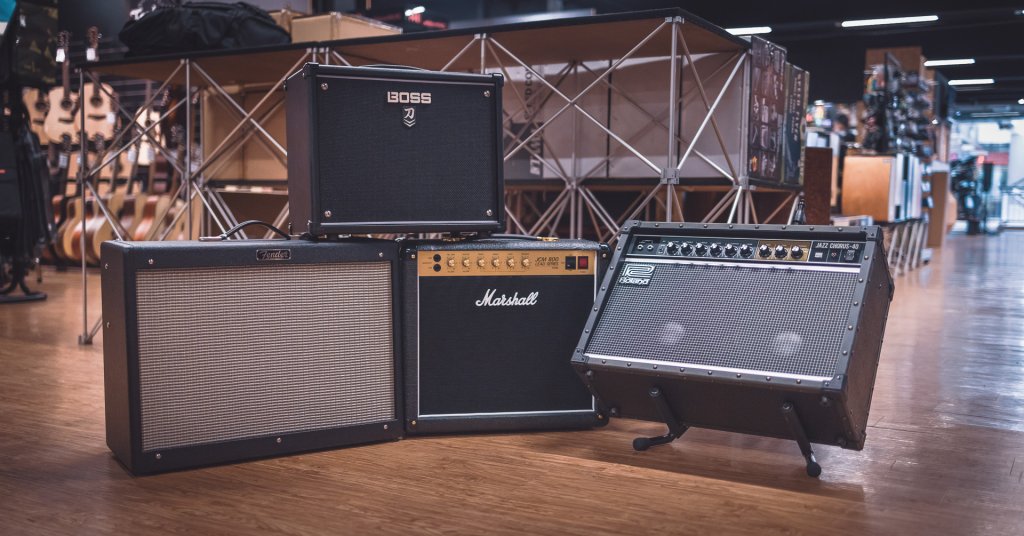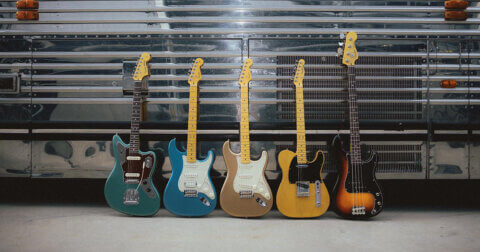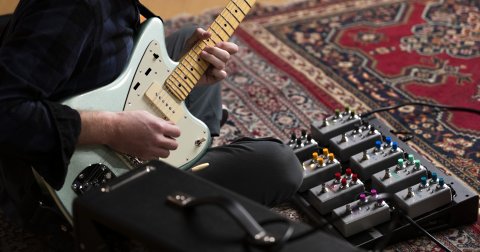Show of hands now. How many of you go the extra mile when looking for an electric guitar? We’re betting most of you will opt to spend hours researching everything from materials to onboard hardware. And why not? After all, the perfect axe is worth the effort. But have you ever considered how equally important your choice is when it comes to the guitar amplifier?
Take it from us and all the experts – a good guitar amplifier is indispensable! A subpar guitar has the potential to sing like an angelic choir when filtered through a quality amp. On the flip side, an unsuitable amp will take the shine off even the sweetest-sounding guitar. You’re pretty much shooting yourself in the foot if you don’t equip that hard-earned axe with the right amplifier.
Mind you, it’s not enough to simply plonk down a deposit on any old model. Much like your guitar, settling on an amp requires some thought. There’s a huge variety of formats available, for starters. And what about tone and response? Is it in line with your unique playing style? Does it pair well with the guitar you’ve got on hand? As you can see, there are lots of quibbles to consider.
Now that you’ve understood how important the guitar amplifier is, it’s time to get the ball rolling. Sure, you could snoop through your friends’ music studios. Maybe wade through countless gearhead forums for tips and tricks. Or you could just let us do all the hard work for you and read this beginner’s guide to guitar amplifiers.
What’s an amp?
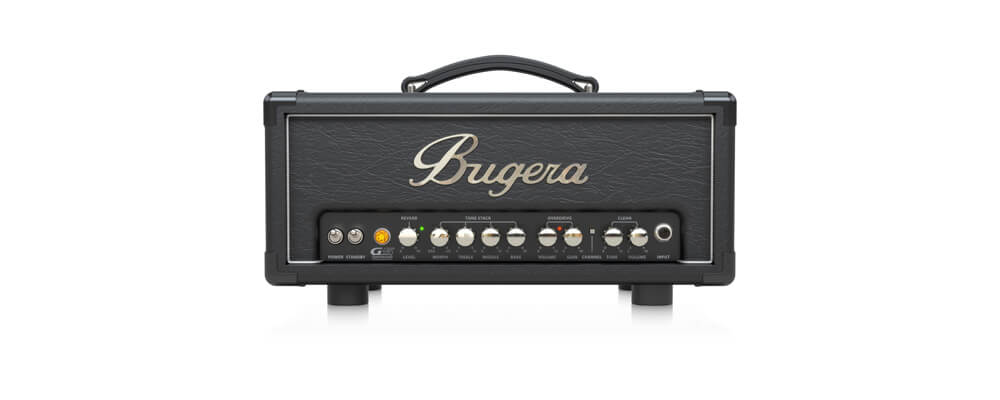
Don’t think of a guitar amplifier as merely a loudspeaker. Rather, it’s a device that channels the electrical signal from your guitar pickups through an electronic circuit to “shape” tone. This modified input is amplified before being forced through the speakers. Generally, an amplifier is built around two specific parts. Mainly, the preamp and power amp. When combined, they do all the aforementioned work.
The preamp has two jobs. First, it takes the weak guitar signal and boosts it to “line level”. Once the signal is deemed loud enough, it gets sent to other sections. This could be the power amp, a mixer, or a simulator. Its second job is tone shaping. Most have at least a 3-band EQ (bass, mid, and treble), and some even apply distortion effects.
A power amp follows through on the preamp’s machinations. At this point, the signal doesn’t have enough power to drive a speaker cabinet. The power amp gets that signal juiced up. It can also distort and colour tone, but not to the extent of a preamp.
Fundamentals and formats
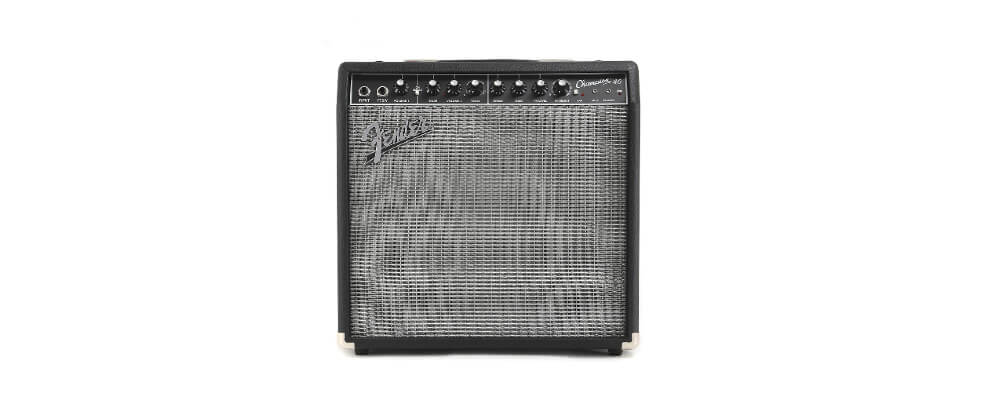
Before you go waltzing through types and qualities, you have to know amp configurations. The two main setups that you’ll most likely encounter are combo amps and amp heads. What’s the difference? Well, remember the amplification process we talked about above? In a combo amp, this entire operation takes place within a single unit. It’s compact, contained, and highly efficient. There’s no extra cost down the line – what you see is what you get.
Amp heads, however, only conduct tone shaping and amplification. You’ll need a separate speaker to hear the sound. While it may seem inconvenient and more costly, it’s actually ideal for players who enjoy experimentation. It gives you the freedom to mix and match heads and cabs to create soundscapes of your liking.
In recent times, the virtual setup has been honing its popularity. The amp sim utilizes software in place of a physical device to drive the amplification process. An increasing number of contemporary multi-effects or apps come with this function. They’re highly adaptable, with plenty of amp styles at your disposal. And as expected, they take up little to no space at all. You can collect as many as you want. The only downside? Tactile players might find them less engaging than a real-life amplifier.
Types of amps
Tube (valve)
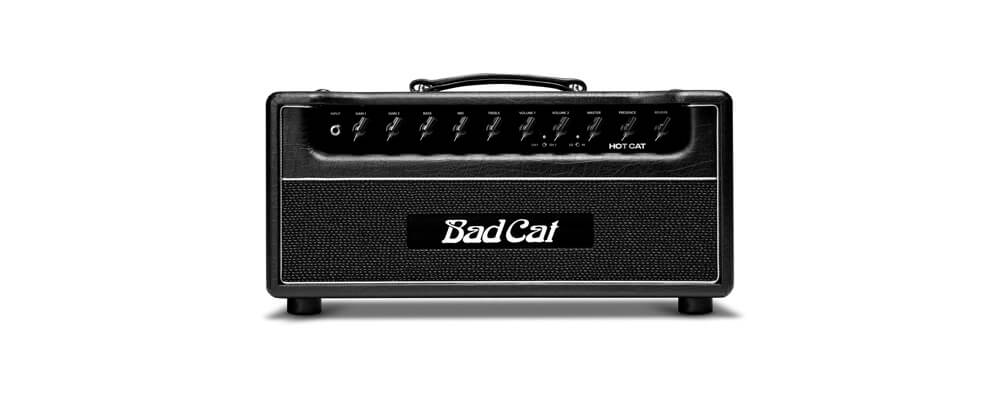
Now that you know what a guitar amplifier is and does, let’s move on to the types you’ll encounter. Tube amps are the forefathers, having existed for over a century. Like many of the electronics from way back when these amps were vacuum tube-powered. Even as technology marched on and transistors became commonplace, many musicians were still swooning over their distinctive sound and quality. As such, a huge slice of the pie still caters for reproductions or vintage-esque valve amps. Very steampunk.
To its fans, the sound of a tube amp is unmistakable. It’s usually described as warm, full, or “fat”. Compared to solid states, tubes are louder and more resonant, even at a similar wattage. They’ve also got oodles of natural texture. Oftentimes, tube amps boast two different channels that players can switch between. One is typically dedicated to cleaner sounds, the other for distortion.
There are a few drawbacks to tube amps. First off, they’ll probably cost you some serious dough, both to purchase and maintain. That’s because they’re more fragile than other types and prone to wear and tear. Not a big problem if you’re keeping them safe in your studio, but touring musicians might be put off. Especially since tube amps are also heftier than their smaller counterparts.
Solid-state
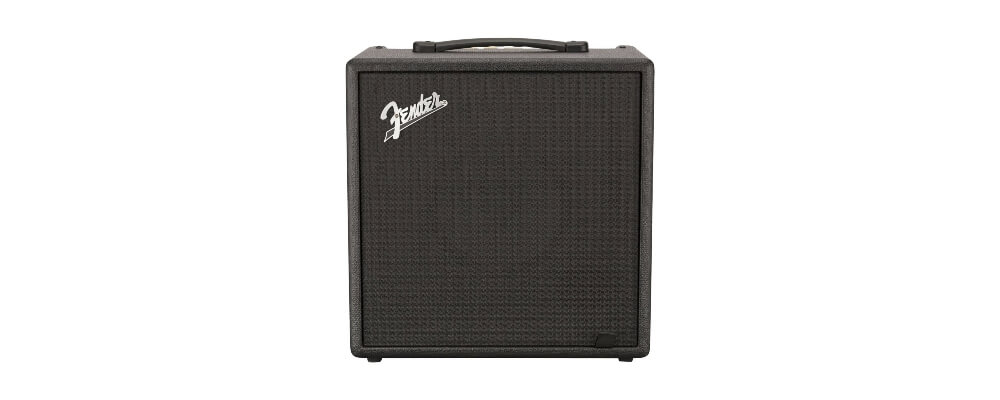
Another well-known contender on our list is the transistor or solid-state amp. Sometimes called analogue amps as a whole, they rely on electronic circuit boards for their preamp and power modules. As you can deduce, the lack of highly breakable vacuum tubes means they’re a lot more reliable. Add affordability to their list of perks as well. They’ll make a great addition to the gigging guitarist’s arsenal.
On the other hand, tube amp fans have been known to complain about the solid-state’s sound. They feel it lacks the glowy tone and dynamic response they’ve come to love in tube amps. This is purely subjective, as advancements in solid-state tech mean that you’ll get some pretty awesome reverberations out of them these days. In fact, many consider these the best option out there for beginner musicians.
Hybrid
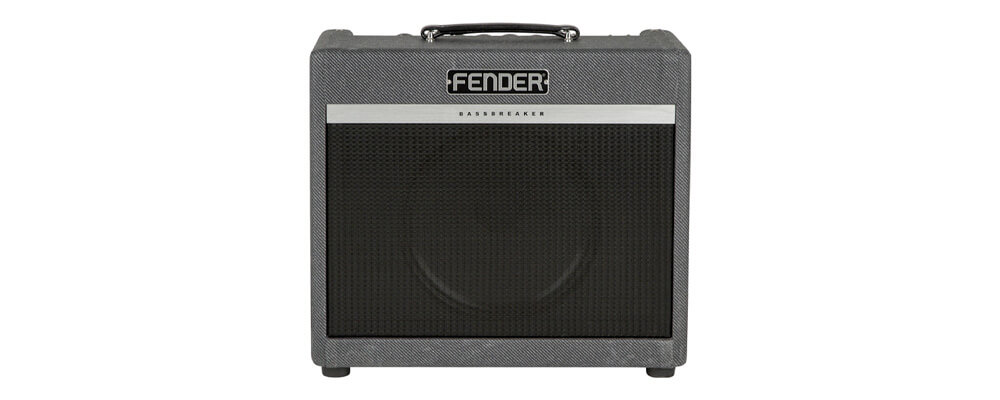
Having trouble deciding between tube and solid-state? Join the club. That’s probably why hybrid guitar amps were created. They’re designed to offer the best of both worlds. Most modern amps feature a tube preamp section with a solid-state power amp. Interestingly enough, some vintage hybrids go the opposite direction, using tube power sections and solid-state preamps instead.
What does the modern amp setup do for your sound? Plenty. By combining the valve preamp section with transistor circuitry, it aims to create that elusive tube-like tone. For most of us, the difference is nearly unperceivable. Of course, some discerning ears claim they can still tell them apart. We’ll leave you to decide which side of the divide you fall on.
Modelling
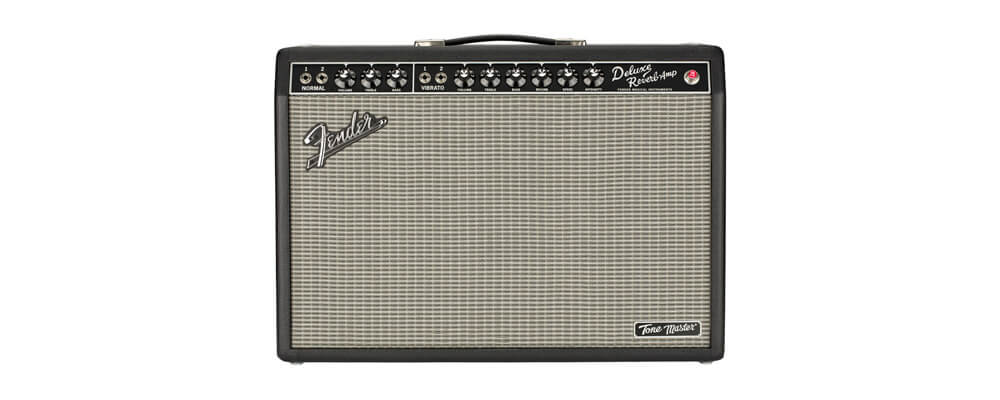
You may have seen these being labelled digital or profiler amps. They’re the latest entry in the amplifier evolution process. Like it says in the name, these are software-dependent tools that “model” or mimic the sound of vintage tubes. Some also come equipped with their own unique built-in effects, eliminating the need to buy separate pedals. Out of all the amp types, these are the lightest and most portable. They’re also very durable.
Many digital amps emulate expensive and rare amps of yesteryears. This could be your only chance to try out tones that you won’t find elsewhere. Also worth noting, this will also provide the most diverse range of sounds to try out. That’s pretty substantial if you’re still undecided on what music style you like best.
Granted, if you’re not into techy stuff, the modelling amp might be a little tricky to navigate. It’s got all the bells and whistles you could think of. Another factor to consider is how quickly progress renders technology outdated. Lastly, if you’re performing live with software emulation, you may need to rig up a dedicated power amp to get the sound out. Or maybe throw some flat-frequency response monitors into the fray. Just a little something to consider.
Sound
Since we’ve gotten the basics right out of the way, it’s time to chew on one of the key factors in choosing an amp. What kind of sound are you hoping to draw out of your setup? For most people, this boils down to the type of music you play.
An amp that produces a smooth, crisp sound may find itself in the company of pop and jazz musicians. Whereas an amp imbuing a more “textural” tone, such as growling and distortion, might be a stalwart of noisier genres. Punk, rock, and metal guitarists can relate.
At any given time, you’ll want to put your amp through its paces to determine how well it holds up at different volume levels. Low-wattage speakers can break up at lower volumes but completely disintegrate when the dial is turned up. On the opposite end of the spectrum, high-wattage speakers may not produce enough distortion for your liking. Go for an amp that matches your desired sound at a volume that you’ll normally play at.
Effects
If you’re serious about experimenting, seek out a guitar amplifier with sound effects for maximum flexibility. On top of a root sound, a large number of modern amps come locked and loaded with in-built tones. Don’t be surprised to see an army’s worth of stompboxes within a single modelling amp with digital effects like reverb and tremolo.
On top of that, you can also get amps that switch channels at the flick of a switch. It’s pretty similar to how some tube amps normally function. Certain models include separate EQ controls per channel, in case you want to adjust volume and distortion individually.
In addition, there’s a lot to be gotten out of an effects loop. It bypasses the signal around the pre-amp, minimizing any colouration that would normally hop on at this junction. This preserves the clarity of effects, reverbs, and delays. All without any harm to your overdrive, too. Now that’s progress!
Power and volume
Aside from speaker size, you can usually determine sound volume by glancing at an amp’s power measurement. That’s wattage, in case you didn’t know. Smaller amps use between 10 to 30W, and have speakers that measure from 8” to 10”. We’d save these for jamming at home or in a cosy, intimate environment.
Scaling up, you have medium and large amps. Medium-sized amps come in at around 50W with 12” or so speakers. Large amps start at 100W and have speakers above 12”. It’s a no-brainer, but these are the amps you’ll want for performances and bigger venues where volume is crucial.
We know we said power and speaker size determine volume, but cabinet design can also affect the bottom end. It’s not unusual for a closed-back 4″ x 10″ guitar amplifier to boom out more bass than a 15” in an open-back cabinet. Something else for you to think about.
Recording capability
Assuming you’re walking the recording route, microphones are going to be involved somewhere down the line. Fortunately, many amps come with a cabinet emulator or a USB output. The former lets you connect directly to an audio interface (AI) or mixing desk. It’s pretty much like plugging into a speaker cabinet. A USB output nabs you even more recording opportunities, as it channels a pristine signal straight into the recording software. Easy-peasy.
Size and weight
We’ve touched on this topic in the type section, but amp dimensions can make or break a purchase. Apartment dwellers might lean towards a petite build like that of a modelling or solid-state amp. If you’ll be lugging your amp along on road trips, it also makes sense to get something lightweight. While we’re at it, take a long, hard look at the construct of your amp. What’s it made of, and how well will it stand up to time and usage?
Told you this article would cover everything! Hopefully, we’ve convinced you to add a guitar amplifier to your tool kit and given you all the information you need to find your own. Now the ball’s in your court so get bouncing.
